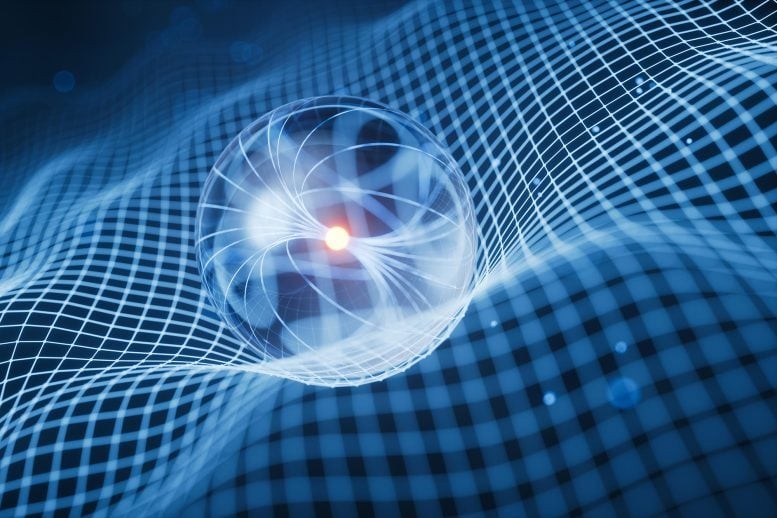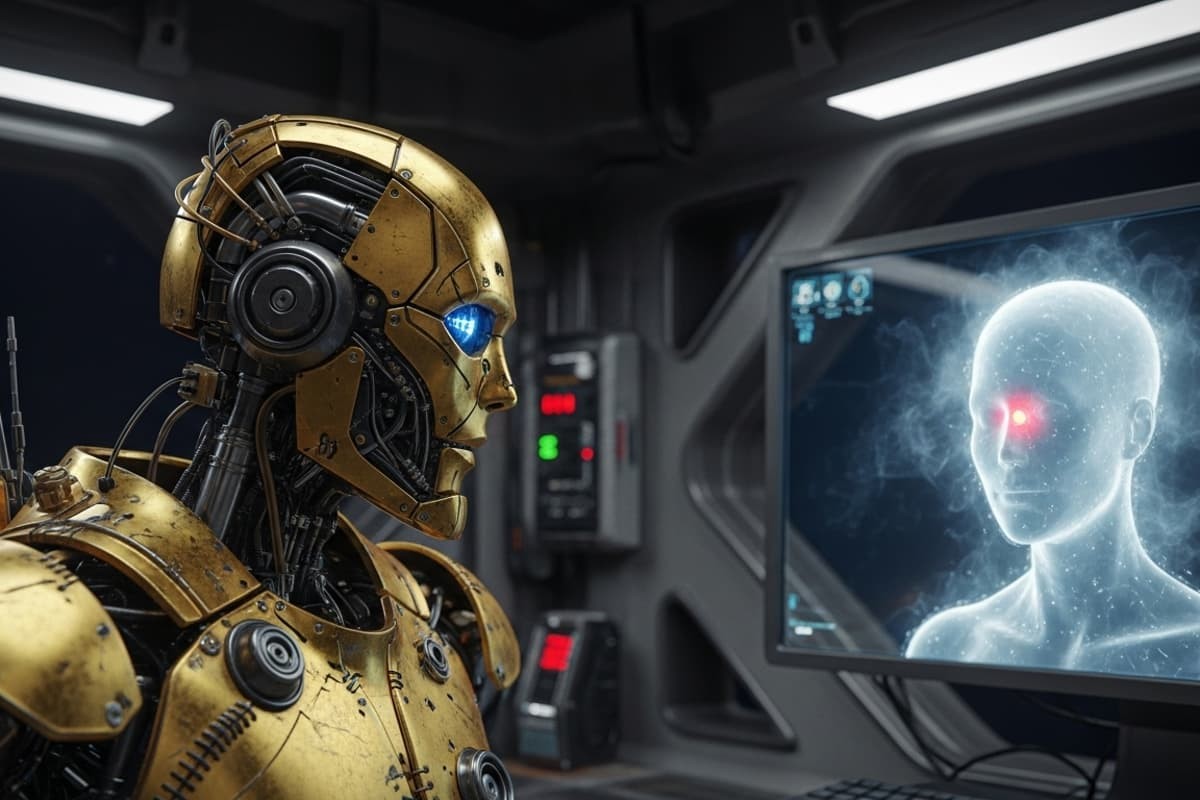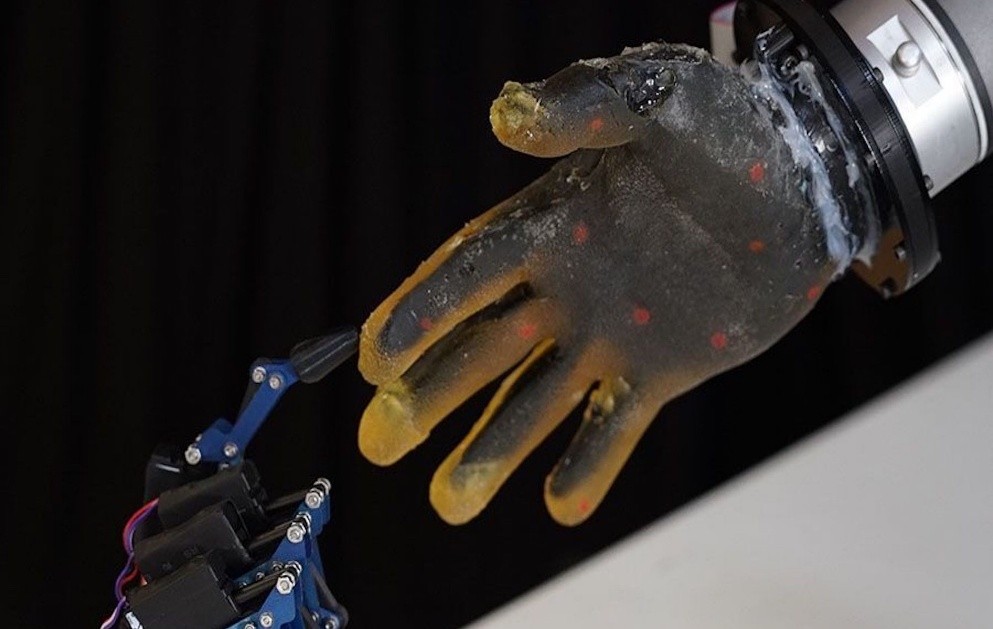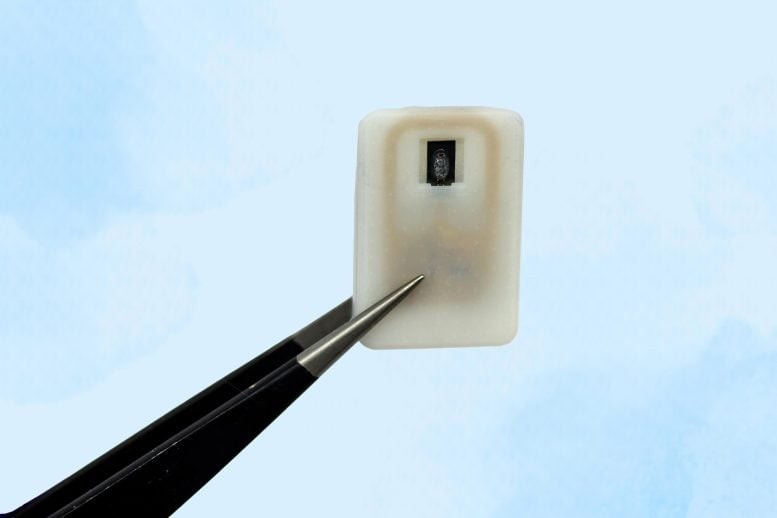Columbia Engineers Create Radiation-Resistant Chips for Next-Gen Particle Colliders
In the extreme environment of the Large Hadron Collider (LHC), where conventional electronics fail in seconds, Columbia University engineers have developed custom microchips tough enough to endure intense radiation—and precise enough to help unlock the secrets of the universe.
These specialized chips convert the faint electrical signals from particle collisions into digital data, enabling researchers to study elusive phenomena like the Higgs boson. This achievement marks a vital collaboration between physicists and engineers pushing the boundaries of both science and technology.

Figure 1. Radiation-Resistant Chips.
Creating Chips That Withstand the Collider
At 17 miles long and buried beneath the France–Switzerland border, the LHC is the world’s largest particle accelerator. It smashes particles together at near-light speeds, generating immense amounts of radiation and producing torrents of data. But this same radiation quickly destroys standard microchips.
Because commercial chipmakers don’t serve such a niche need, Columbia’s team, led by Prof. Peter Kinget, stepped in. The result: analog-to-digital converter (ADC) chips that can operate for more than a decade inside CERN’s detectors without failing. Figure 1 shows radiation-resistant chips.
A Breakthrough in Chip Design
The Columbia chips are integrated into the ATLAS detector, one of CERN’s major instruments. They convert faint analog signals from a liquid argon calorimeter—used to trace particle collisions—into detailed digital data. Where commercial electronics failed, Columbia’s designs not only survived but excelled.
Instead of inventing new fabrication techniques, the team applied advanced circuit-level design strategies using validated semiconductor processes [1]. Their architecture minimizes radiation damage and includes built-in error detection and correction, ensuring reliability in a highly hostile environment.
Two Chips, One Mission
The first chip, the trigger ADC, is already filtering through a billion collision events per second, selecting the most scientifically valuable for further study. The second, the data acquisition ADC, passed its final tests and will soon be installed as part of the LHC’s upgrade, offering even greater precision to explore the properties of fundamental particles.
A Model for Scientific Collaboration
This project represents a deep integration of engineering and physics. Electrical engineers from Columbia and the University of Texas collaborated closely with physicists from Nevis Laboratories and CERN. Supported by the NSF and the U.S. Department of Energy, these efforts highlight how academic innovation can advance global scientific exploration.
“This is what makes the project special,” said PhD student Rui Xu. “As engineers, we’re helping uncover the universe’s deepest secrets.”
Reference:
- https://ieeexplore.ieee.org/document/11017335
Cite this article:
Keerthana S (2025), Columbia Engineers Create Radiation-Resistant Chips for Next-Gen Particle Colliders, AnaTechMaz, pp.353















